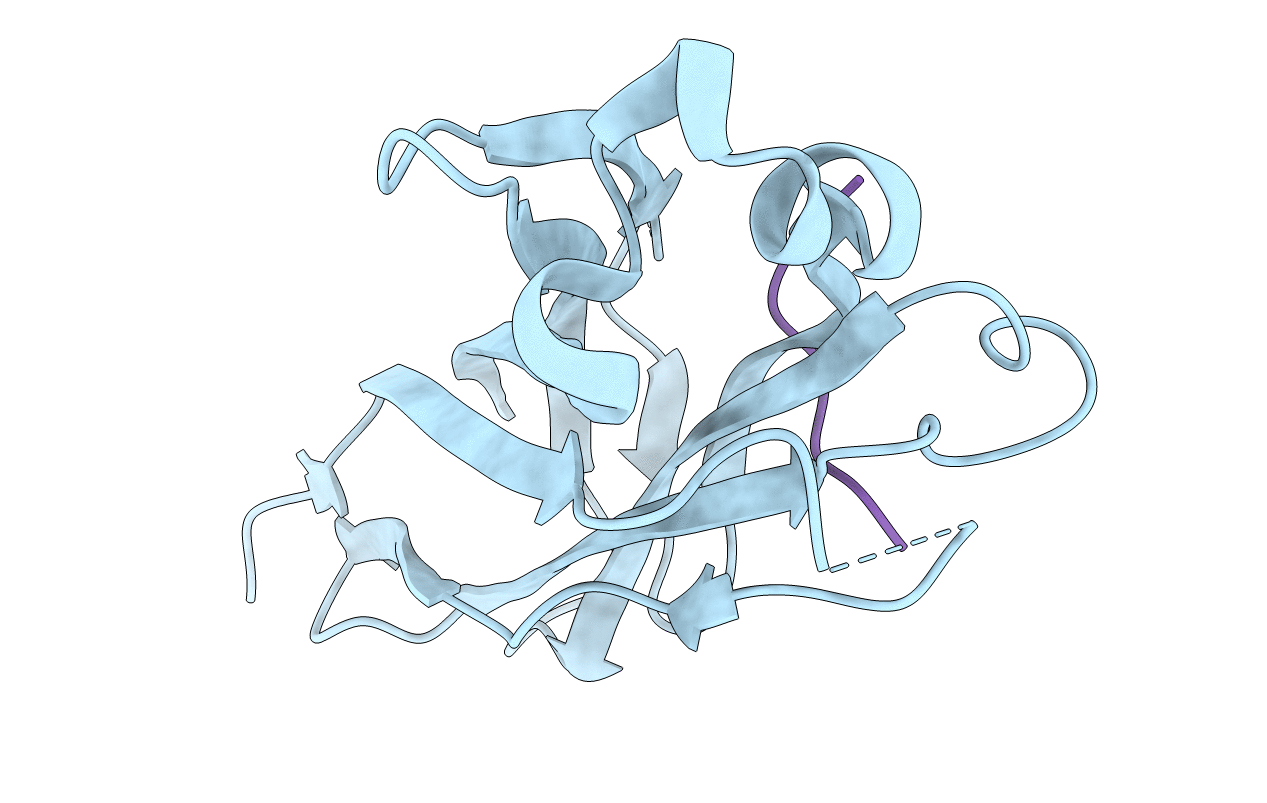
Deposition Date
2020-11-11
Release Date
2021-04-28
Last Version Date
2023-10-18
Entry Detail
PDB ID:
7KPK
Keywords:
Title:
Crystal structure of the SPOP MATH domain in complex with a fragment of Pdx1
Biological Source:
Source Organism:
Homo sapiens (Taxon ID: 9606)
Host Organism:
Method Details:
Experimental Method:
Resolution:
1.71 Å
R-Value Free:
0.22
R-Value Work:
0.18
R-Value Observed:
0.18
Space Group:
C 1 2 1


